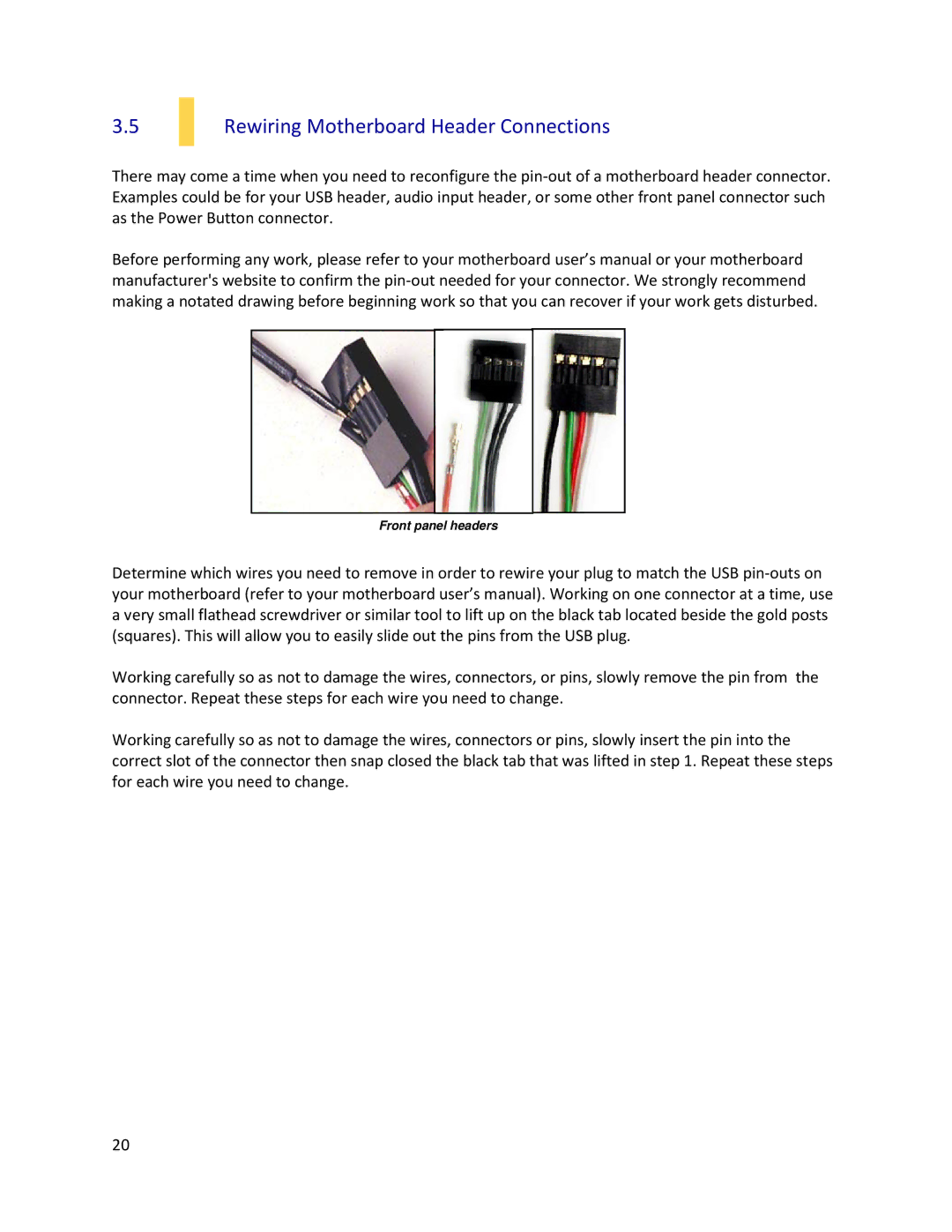P280 specifications
The Antec P280 is a sophisticated mid-tower chassis that epitomizes sleek design and advanced technology, catering to PC builders who prioritize both aesthetics and functionality. Combining elegance with excellent cooling capabilities, the P280 makes it an attractive choice for gamers, content creators, and DIY enthusiasts.One of the standout features of the Antec P280 is its robust airflow design. The chassis supports multiple cooling options, allowing users to install up to three 120mm fans at the front, two 120mm or 140mm fans at the top, and a 120mm fan at the rear, ensuring optimal airflow and keeping the internal components cool. The inclusion of dust filters on the front, top, and bottom of the case helps keep hazardous debris at bay, thus preserving performance and longevity.
The P280 boasts a minimalist modern design that emphasizes clean lines and a sophisticated appearance, available in black or white finishes. Its steel construction provides durability while the tempered glass side panel offers a glimpse into the system's internals, showcasing RGB lighting and meticulously arranged components.
Another notable feature is the spacious interior layout, which provides ample room for high-end graphics cards and CPU coolers. The case supports GPUs up to 15.5 inches and CPU coolers up to 6.5 inches in height, accommodating a wide array of components. Furthermore, the P280 can house up to five storage drives, including both SSDs and HDDs, making it versatile for different storage needs.
Cable management is a significant highlight of the P280. With several routing holes and ample space behind the motherboard tray, users can efficiently organize and conceal their cables, enhancing both airflow and aesthetics. This attention to detail reflects Antec’s commitment to a tidy build that is easy to work on.
For connectivity, the case features a user-friendly I/O panel located on the top of the front face. This panel includes USB 3.0 ports, USB 2.0 ports, and audio jacks, ensuring easy access for peripherals.
In conclusion, the Antec P280 is an outstanding chassis that harmonizes beauty with functionality. Its impressive cooling system, spacious interior, and clean design make it an ideal choice for anyone looking to build a high-performance PC in a stylish enclosure. Whether you're looking to game, create content, or simply enjoy a well-built workstation, the Antec P280 delivers on all fronts, setting a benchmark in the mid-tower chassis market.

